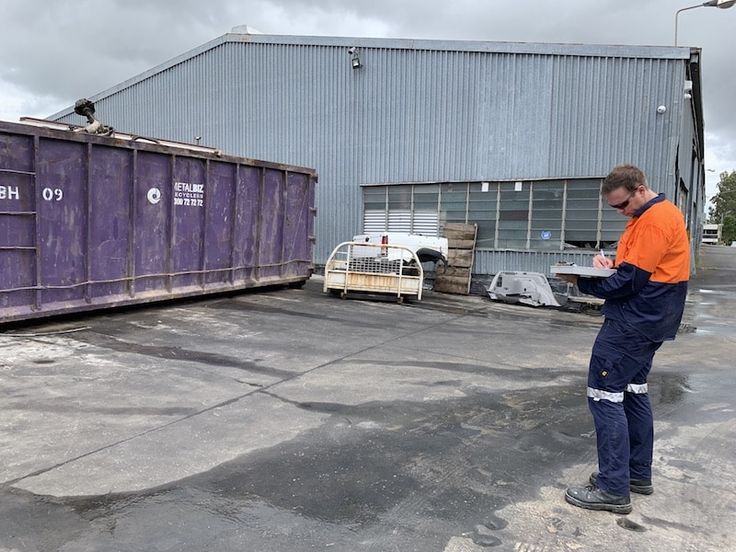When it comes to developing land or purchasing property, a preliminary site investigation (PSI) is a crucial step in ensuring safety and compliance preliminary site investigation. This process involves various assessments that evaluate the environmental conditions of a site, helping to identify potential risks and liabilities. Here’s what to expect during a preliminary site investigation.

1. Understanding the Purpose of a Preliminary Site Investigation
A PSI is typically conducted to assess the environmental health of a property, particularly in relation to potential contamination. It’s often a prerequisite for property transactions, construction projects, or land development, and it helps stakeholders make informed decisions about their investment.
2. Phases of a Preliminary Site Investigation
A PSI generally consists of several phases, including:
a. Historical Research
The first step involves gathering historical data about the site. This may include:
- Previous Land Use: Reviewing past uses of the land, such as industrial, agricultural, or commercial activities.
- Regulatory History: Checking records for any past environmental violations or remediation efforts.
- Topographical and Geological Surveys: Understanding the physical layout and geology of the site, which can influence contamination risks.
b. Site Inspection
After gathering historical data, a physical inspection of the property is conducted. This involves:
- Visual Assessment: Observing the site for any obvious signs of contamination, such as staining, unusual odors, or debris.
- Sampling Locations: Identifying key areas for soil, water, and air sampling based on observed conditions and historical uses.
c. Soil Testing
Soil testing is a critical component of a PSI. It typically involves:
- Sampling: Collecting soil samples from various depths and locations across the site.
- Laboratory Analysis: Testing the samples for contaminants, such as heavy metals, hydrocarbons, and pesticides. This analysis helps determine the presence and concentration of pollutants.
3. Environmental Assessments
Depending on the findings from soil testing and inspections, a more comprehensive environmental assessment may be necessary. This could include:
- Phase II Environmental Site Assessment: This detailed evaluation involves additional sampling and testing, especially if the initial results indicate potential contamination.
- Risk Assessment: Evaluating the potential impact of any identified contaminants on human health and the environment.
4. Reporting and Recommendations
After completing the assessments, the findings are compiled into a report. This document typically includes:
- Findings Summary: An overview of the site conditions and any contaminants identified.
- Recommendations: Suggestions for remediation if contamination is present, as well as guidance for future land use and development.
- Regulatory Compliance: Information on any necessary permits or regulations that must be followed.
5. The Importance of Professional Expertise
Conducting a preliminary site investigation requires specialized knowledge and expertise. It’s essential to work with experienced environmental consultants who can accurately assess site conditions and provide reliable recommendations. They ensure compliance with local regulations and help mitigate potential risks associated with environmental hazards.
6. Conclusion
A preliminary site investigation is a vital step in safeguarding investments and ensuring environmental compliance. By understanding the phases involved—from historical research to soil testing and environmental assessments—stakeholders can better navigate the complexities of land development and make informed decisions. Whether you’re considering purchasing a property or planning a construction project, investing in a thorough PSI is crucial for protecting both your investment and the environment.
